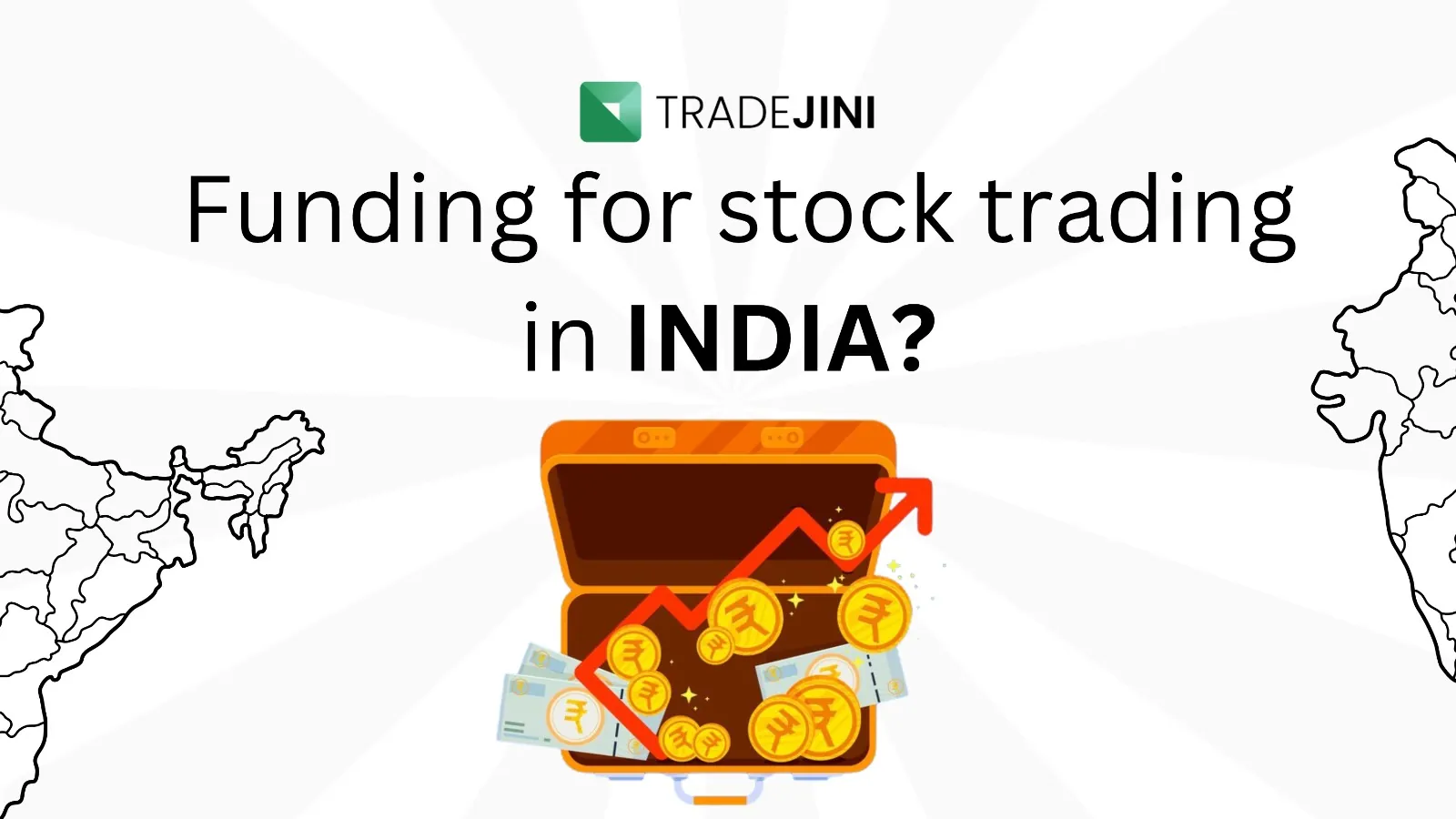When it comes to stock trading, two common strategies that often come up for discussion are Intraday Trading and Delivery Trading. For beginners looking to dip their toes into the world of trading, understanding the differences between these two approaches is crucial. In this blog post, we will explore the key aspects of Intraday Trading and Delivery Trading, comparing them in terms of suitability for novice traders.
What is Intraday Trading?
Intraday trading, also known as day trading, involves the buying and selling of stocks within the same trading day. This means that all positions opened during the trading session are squared off before the market closes for the day. Intraday traders aim to profit from the price movements of stocks within a single day.
What is Delivery Trading?
Delivery trading, on the other hand, involves buying stocks and holding them for a longer duration, typically more than one trading day. In delivery trading, traders take actual ownership of the stocks they purchase, and the stocks are credited to their demat accounts.
Learn About: What Is Insider Trading? Meaning, Examples and Why Is It Illegal?
Comparison Points for Beginner Traders:
Risk and Reward:
Intraday Trading: Intraday trading is known for its high-risk, high-reward nature. Since trades are executed within a single day, the potential for quick gains is higher. However, this also means that the risk of losses is equally significant, especially for beginners who may not have the experience to navigate volatile market movements.
Delivery Trading: Delivery trading is considered to be less risky compared to intraday trading, as the focus is on the long-term growth potential of the stocks. While the returns may not be as quick as in intraday trading, holding stocks for a longer period allows traders to benefit from the overall upward trend of the market.
Time Commitment:
Intraday Trading: Intraday trading requires active monitoring of the market throughout the trading session. Beginner traders opting for intraday trading need to dedicate a significant amount of time to tracking stock prices, market trends, and executing timely trades.
Delivery Trading: Delivery trading is more suitable for beginners who may not have the time to monitor the market constantly. Since trades are held for a longer duration, traders can make informed decisions without the need for immediate action.
Market Knowledge:
Intraday Trading: Intraday trading demands a deep understanding of technical analysis, chart patterns, and market indicators. Beginners venturing into intraday trading need to equip themselves with the necessary knowledge to interpret market signals and make quick decisions.
Delivery Trading: While market knowledge is essential for all types of trading, delivery trading allows beginners to focus on fundamental analysis and long-term investment strategies. Understanding the financial health of a company and its growth prospects becomes crucial in delivery trading.
Also Learn: Intraday Trading vs. Swing Trading: What's the Difference?
Emotional Control:
Intraday Trading: Intraday trading can be emotionally challenging, as quick price fluctuations can trigger impulsive decisions. Beginner traders often find it difficult to control their emotions during intraday trading, leading to hasty trades that may result in losses.
Delivery Trading: Delivery trading, with its focus on long-term growth, requires a more patient approach. Beginner traders can learn to control their emotions and avoid making decisions based on short-term market fluctuations.
Which is Better for Beginner Traders: Intraday or Delivery Trading?
For beginners stepping into the world of trading, the choice between intraday and delivery trading boils down to their risk tolerance, time commitment, market knowledge, and emotional control. Here are some key points to consider:
Intraday Trading:
Better suited for traders with a high-risk appetite.
Requires active monitoring and quick decision-making.
Offers the potential for quick profits but comes with higher risks.
Delivery Trading:
Ideal for beginners looking for a less risky approach to trading.
Allows for long-term investment growth.
Requires a focus on fundamental analysis and patience.
In conclusion, both intraday and delivery trading have their own set of advantages and challenges. Beginner traders are advised to start with a small capital and gain experience through paper trading or virtual trading platforms before diving into the real market. It is essential to educate oneself, seek guidance from experienced traders, and develop a trading plan that aligns with one's financial goals and risk tolerance.
As beginner traders gain more experience and confidence, they can explore both intraday and delivery trading to diversify their trading portfolios and adapt to different market conditions.
In the dynamic landscape of the Indian stock market, the choice between intraday and delivery trading ultimately depends on the individual preferences and goals of the trader. By understanding the nuances of each trading style and honing their skills over time, beginner traders can navigate the markets with confidence and make informed decisions that pave the way for their success in the trading arena.
Also Read: Algo Trading: Meaning, Process, and Advantages for Traders



